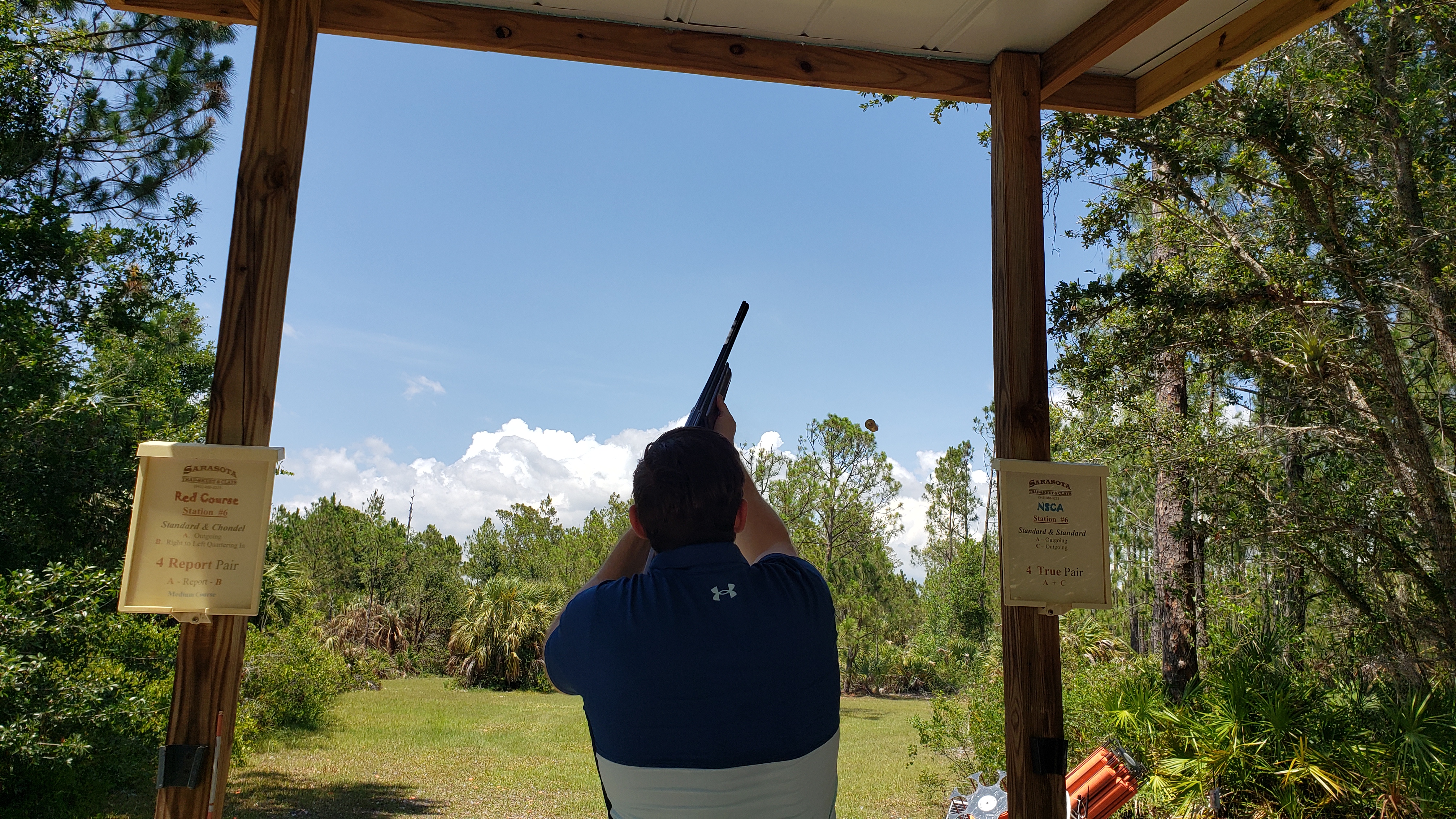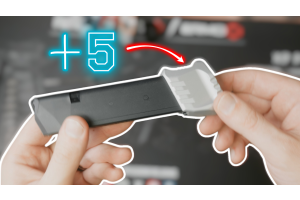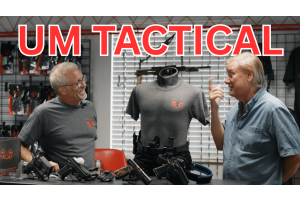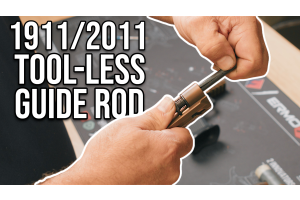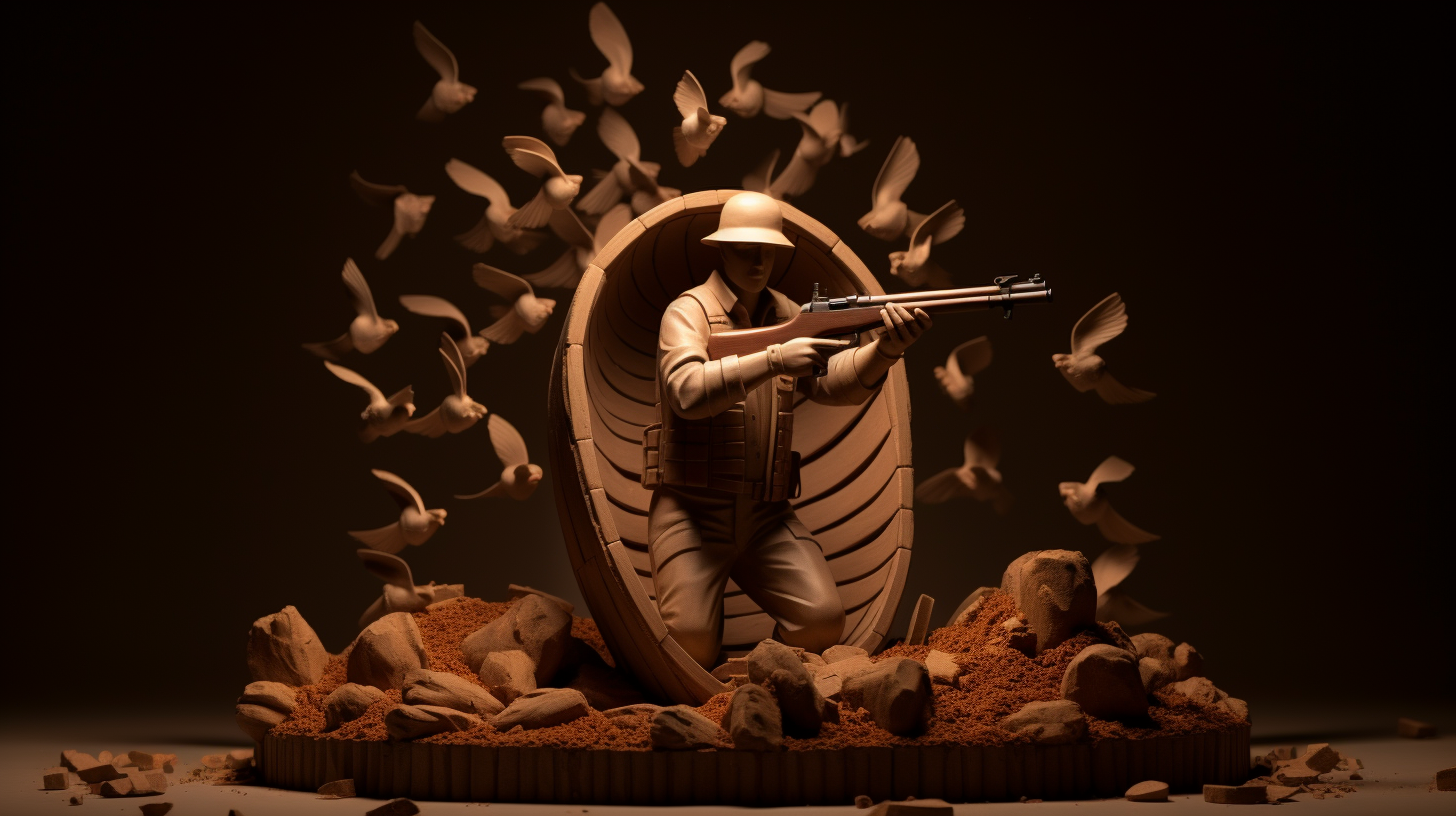
Mastering Skeet Shooting: Tips to Improve Your Shot
0%

Do you want to master the art of skeet shooting and improve your shot? In this blog post, we will guide you through the ins and outs of this fascinating sport, from its origins to the techniques that will help you become a better shooter. Discover how to choose the right equipment, learn from the pros, and compete in skeet shooting events. Get ready to embark on an exciting journey that will sharpen your skills and boost your performance on the skeet field.
Short Summary
- Skeet shooting is a sport requiring speed, accuracy and technique.
- Equipment, safety gear and location are all important factors for successful skeet shooting.
- Mastering techniques such as stance, gun mounting and swing require practice to achieve proficiency in the sport.
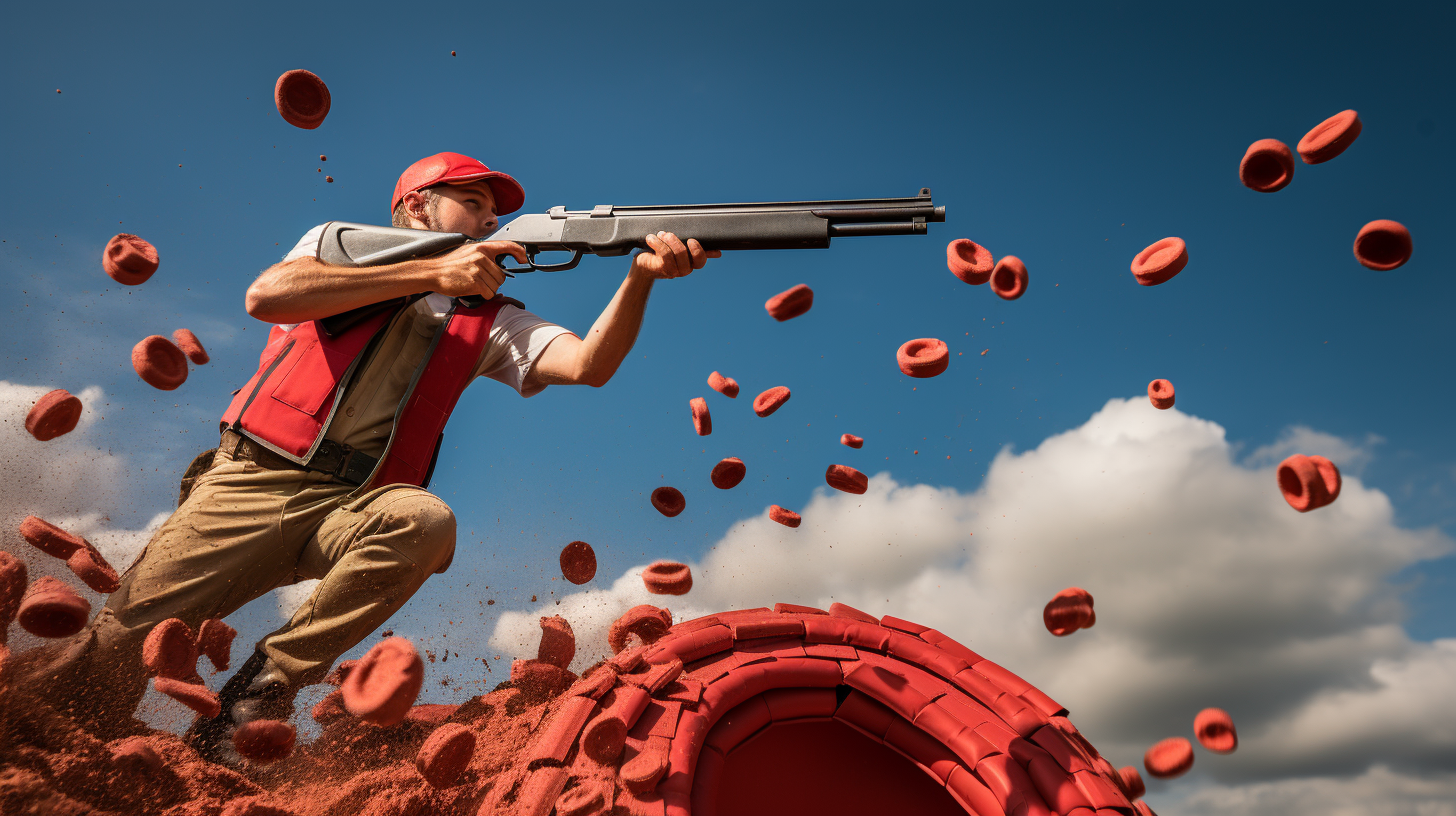

The Art of Skeet Shooting
Skeet shooting, also known as shoot skeet, is a fast-paced sport that requires speed, accuracy, and eye-to-hand coordination. The objective is to hit small clay targets launched from two trap houses, simulating bird hunting. With eight shooting stations and 25 shots per round, it provides a thrilling and challenging experience for shooters of all skill levels. The sport has evolved over the years, with three major disciplines – skeet shooting, trap shooting, and sporting clays – each offering a unique set of challenges.
Developed by Charles Davis and William Harnden Foster, skeet shooting has grown into a popular and internationally recognized sport, complete with Olympic events and a governing body, the National Skeet Shooting Association. The heart of skeet shooting lies in mastering the techniques, honing your skills, and finding the right equipment to maximize your performance.
History and Evolution
The origins of skeet shooting can be traced back to the early 20th century when Charles Davis and William Harnden Foster invented the sport as an alternative to trap shooting. The initial course was designed as a circle with a single trap house, but it quickly evolved into the modern skeet field with two trap houses and eight shooting stations.
During World War II, skeet shooting played a crucial role in training American military gunners, helping them develop their leading and timing skills on a flying target using a sporting gun. The sport continued to gain popularity and recognition, eventually becoming an Olympic event.
However, the 1992 Olympic skeet competition sparked controversy when women were barred from participating, despite the reigning champion being a woman, Zhang Shan of China.
Skeet Shooting vs. Trap Shooting
While both skeet shooting and trap shooting involve shooting with shotguns to hit moving clay targets, there are key differences between the two sports. In skeet shooting, targets are launched from two distinct stations (High House and Low House), providing a variety of angles and trajectories for the shooter to tackle. Conversely, trap shooting features a single station, with targets launched at varying angles and distances.
Another notable distinction lies in the international and American skeet variations. International skeet targets are launched in a different sequence, at a greater distance, and at a higher speed, making them more challenging compared to American skeet. Regardless of the variation, both skeet and trap shooting require precision, focus, and a mastery of techniques to excel.
LEARN MORE ABOUT TRAP SHOOTING


Setting Up for Success
Before you hit the skeet field, it’s essential to set yourself up for success by choosing the right equipment, investing in proper safety gear, and finding a suitable skeet shooting range. These elements will not only enhance your shooting experience, but also ensure you can focus on refining your skills and techniques.
Having the right equipment and safety gear is essential for skeet shooting. It will help you stay connected.
Choosing the Right Skeet Gun
Selecting the appropriate shotgun is crucial for successful skeet shooting. Some suitable options for the sport include:
To ensure the best fit, consider factors such as action, cost, and, most importantly, the fit of the shotgun in your shoulder and cheek.
If you’re unsure which shotgun is right for you, consult with an expert or professional gun fitter to receive personalized recommendations and modifications. A properly fitted shotgun not only improves your shooting accuracy but also reduces the impact felt from recoil, ultimately enhancing your overall performance on the skeet field.
Safety Gear and Equipment
Safety should always be a top priority in skeet shooting. Essential safety gear includes eye and ear protection to safeguard against potential harm. Additional equipment, such as shell pouches and range bags, can further enhance your shooting experience, though they are not mandatory for safety.
Properly maintaining your safety gear and equipment not only ensures your protection, but also allows you to focus on perfecting your shooting techniques and enjoying the sport to the fullest.
Finding a Skeet Shooting Range
Locating a suitable skeet shooting range is a crucial step in your shooting journey. You can find skeet shooting ranges at local gun clubs, shooting ranges, and sporting goods stores. When researching a range, consider factors such as safety protocols, available equipment, and feedback from other shooters.
Once you’ve found a skeet shooting range, here are some steps to follow.
- Familiarize yourself with the facility.
- Observe other shooters to learn from their techniques.
- Inquire about the range’s policies and procedures. By following these steps, you can acclimate to the environment and ensure you can focus on honing your skills and perfecting your techniques.
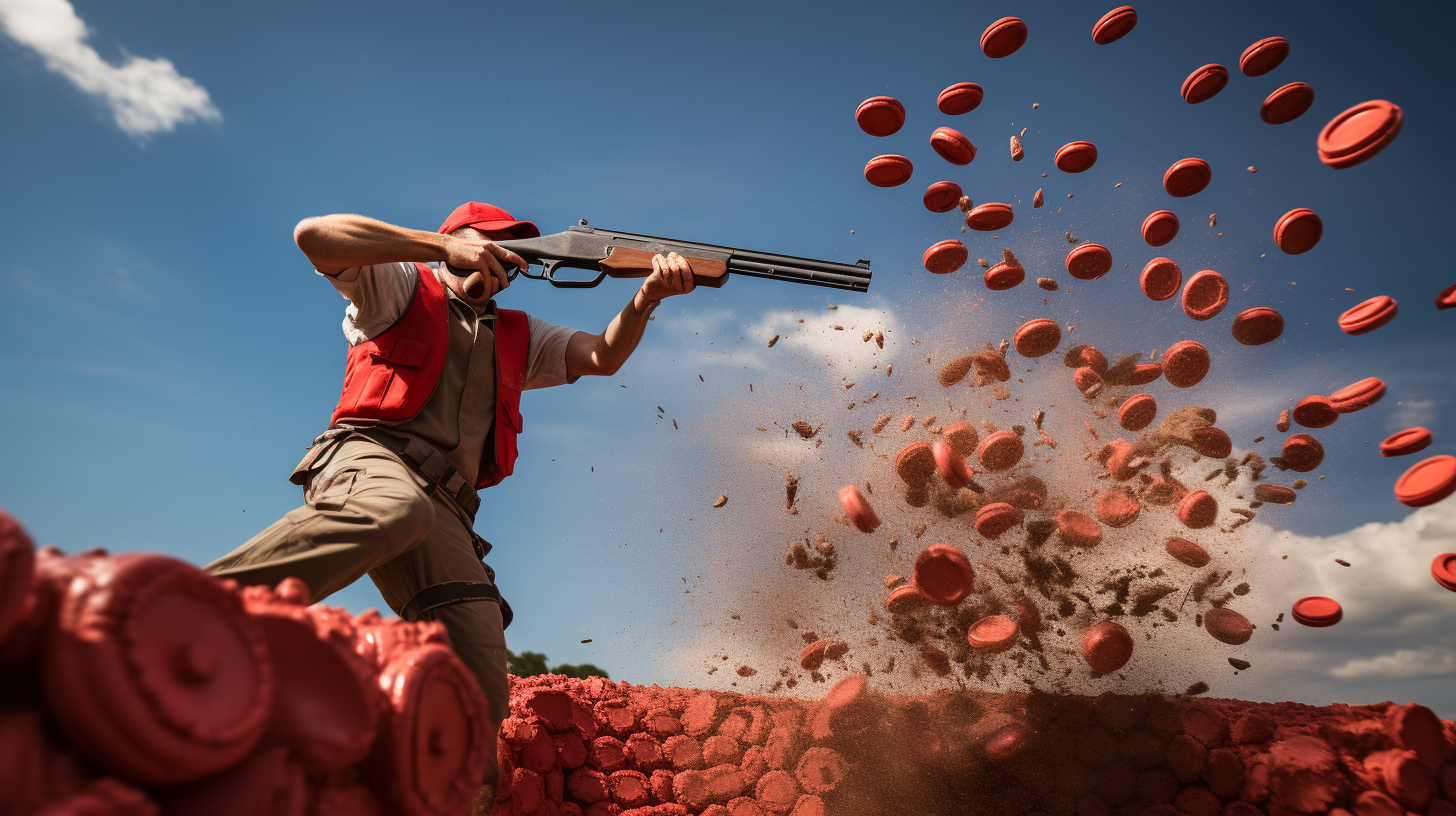

Mastering the Techniques
To excel in skeet shooting, mastering the key techniques is essential. This includes establishing a solid stance, consistently mounting the gun, and developing a smooth swing.
By focusing on these fundamentals, you can improve your accuracy and performance on the field.
Establishing a Solid Stance
A balanced and stable stance is the foundation for successful skeet shooting. To achieve an optimal stance, follow these steps:
- Maintain an even distribution of weight between your feet.
- Keep your feet shoulder-width apart.
- Point your front foot at 12 o’clock.
- Point your back foot at 2 o’clock.
This will provide you with a sturdy base for shooting with your trap gun, suitable for up to five people.
A solid stance not only allows you to maintain control of your gun, but also ensures accurate aiming. With practice and repetition, you’ll develop a stance that feels natural and comfortable, allowing you to focus on perfecting your shot.
Consistent Gun Mounting
Consistently mounting the gun is crucial for accurate tracking and shooting clay targets. To properly mount a skeet gun, follow these steps:
Stand with your front foot pointing at 12 o’clock and your back foot at 2 o’clock.
Firmly mount the gun into your cheek with your head held straight.
Place the butt of the stock in the pocket of your shoulder.
Practicing your gun mount away from the skeet shooting range can help you commit the motion to muscle memory. Rehearse shouldering and dry-firing with an unloaded gun while observing yourself in a mirror, focusing on maintaining consistent form and technique.
Developing a Smooth Swing
A smooth and controlled swing is integral to successful skeet shooting. This involves tracking the target, maintaining lead, and following through with your shot. The swing-through technique, which involves smoothly and fluidly swinging the firearm through the target in a continuous motion, is most suitable for predictable targets like those in skeet or trap shooting.
To refine your swing, practice shooting at clay targets, focusing on hand-eye coordination and correcting any detrimental habits, such as aiming like a rifle. With consistent practice, you’ll develop a smooth swing that allows you to accurately track and hit your targets.
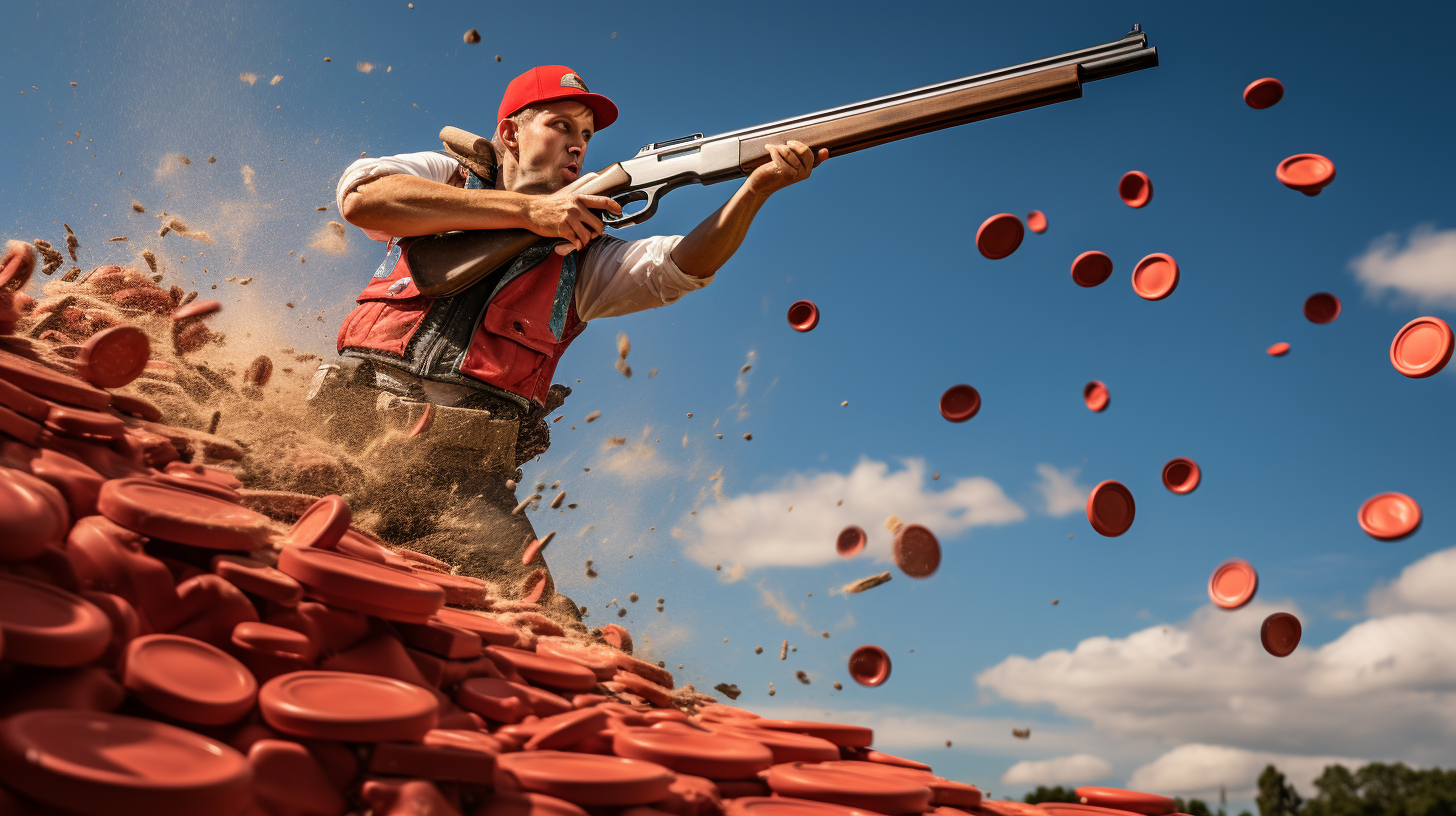

Strategies for Improvement
Improving your skeet shooting skills requires dedication, practice, and learning from experienced professionals. By participating in competitions, you can further refine your abilities and connect with fellow skeet shooters.
Let’s explore some strategies that will help you elevate your skeet shooting performance.
Practice Makes Perfect
Regular practice is crucial for honing your skeet shooting skills and developing muscle memory. Focus on perfecting your stance, gun mount, and swing, ensuring that you maintain a consistent form and technique throughout your practice sessions. Shooting at clay targets, also known as clay pigeons, can help you improve hand-eye coordination and rectify detrimental habits.
Remember that progress takes time and patience. As you continue to practice and refine your skills, you’ll notice improvements in your accuracy, consistency, and overall performance on the skeet field.
Learning from the Pros
Experienced skeet shooters and coaches can provide invaluable insights into the techniques and strategies required for success in the sport. By observing and learning from these professionals, you can gain a deeper understanding of the nuances of skeet shooting and apply their advice to your own practice sessions.
Some tips from experienced shooters include:
- Focusing on appropriate gun fit
- Practicing proper stance
- Rehearsing shouldering and dry-firing
- Disregarding distractions and concentrating on the target
- Considering the use of open chokes to enhance accuracy
By incorporating these tips and learning from the pros, you can significantly improve your skeet shooting skills.
Competing in Skeet Shooting Events
Participating in skeet shooting competitions can offer several benefits, including:
- Enhancing your shooting abilities
- Testing your skills in a competitive environment
- Connecting with other skeet shooters
- Learning from their experiences
- Gaining valuable insights into the sport
Competitions provide an excellent platform to improve your shooting skills and engage with the skeet shooting community.
To prepare for skeet shooting events, follow these steps:
- Ensure you are well-versed in the rules and regulations.
- Have the necessary equipment and safety gear.
- Practice regularly to improve your skills.
- Participate in competitions to enjoy the camaraderie and thrill of competing with fellow skeet shooters.
By following these steps, you’ll be well-prepared for skeet shooting events.
Summary
Mastering skeet shooting requires dedication, practice, and a keen understanding of the sport’s techniques and strategies. By focusing on the fundamentals – selecting the right equipment, establishing a solid stance, consistently mounting your gun, and developing a smooth swing – you can significantly improve your performance on the skeet field. Remember to learn from experienced professionals, participate in competitions, and practice regularly to refine your skills and achieve success in this exciting and challenging sport. Now it’s time to hit the field and put these tips into action!
Frequently Asked Questions
Why do they shout pull?
Shouting ‘Pull’ was a traditional way of signaling for the release of a bird in pigeon shooting competitions during the 1800s. The trapper who held the string would give it a yank, toppling the hat and releasing the bird.
Was Robert Stack a skeet shooter?
Robert Stack was an accomplished skeet shooter; he set two world records and became National Champion, later being inducted into the National Skeet Shooting Hall of Fame in 1971.
He also wrote for Gun World magazine.
What is the difference between skeet shooting and trap shooting?
Skeet shooting involves targets launched from two stations, while trap shooting uses a single station to launch targets. Both require shotguns and aim to hit clay targets in motion.
What type of shotgun is best for skeet shooting?
For skeet shooting, an over/under, side-by-side, auto-loader, or pump-action shotgun are all viable options, and the best choice ultimately depends on personal preferences and fit.
Each type of shotgun has its own advantages and disadvantages, so it’s important to consider the type of shooting you plan to do and the features that are most important to you. For example, an over/under shotgun is great for skeet shooting because it is lightweight and easy to maneuver.


